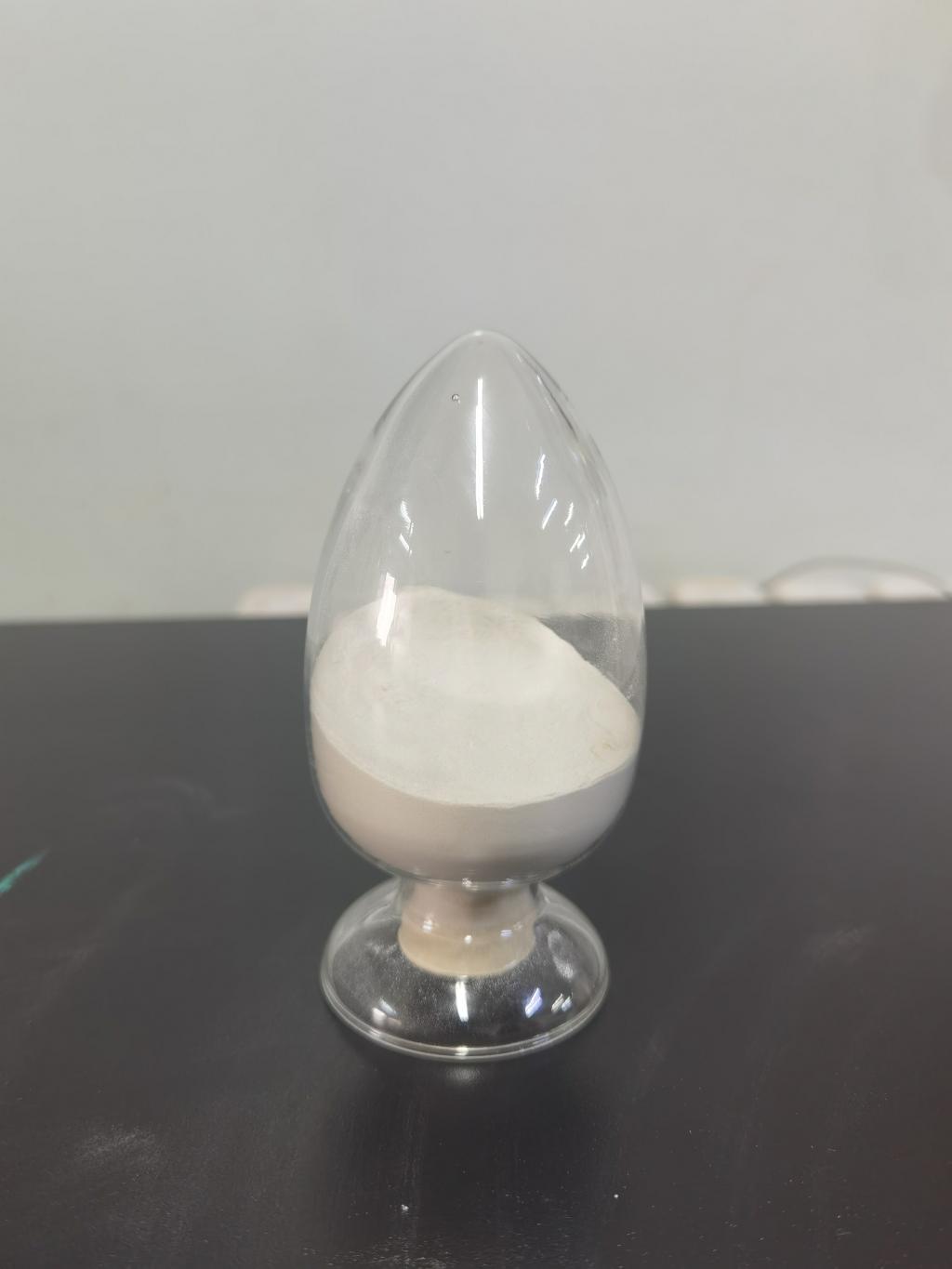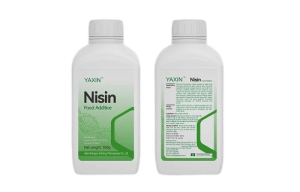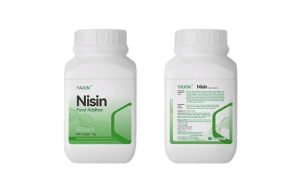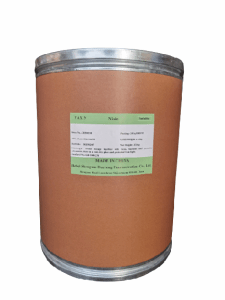Tel:+8618231198596

News
 CONTACT
CONTACT
 CONTACT
CONTACT
- Linkman:Linda Yao
- Tel: +8618231198596
- Email:linda.yao@dcpharma.cn
- Linkman:CHARLES.WANG
- Department:Overseas
- Tel: 0086 0311-85537378 0086 0311-85539701
News
Investigating the sensory effects of nisin on frozen desserts.
TIME:2024-12-04
What is Nisin?
Nisin is a polypeptide composed of amino acids, classified as a bacteriocin, that acts by disrupting the bacterial cell wall and inhibiting microbial growth. It is commonly used as a preservative in dairy products, meats, and beverages to extend shelf life and prevent contamination by harmful bacteria like Listeria monocytogenes and Clostridium botulinum. In frozen desserts, where microbial risks are a concern, nisin’s antimicrobial properties offer a potential solution to maintaining safety without resorting to synthetic preservatives.
Sensory Attributes of Frozen Desserts
Frozen desserts are often evaluated based on several key sensory attributes:
Taste
The flavor of frozen desserts is critical to consumer acceptance. The presence of preservatives, especially antimicrobial agents like nisin, could influence the perceived taste, potentially introducing bitterness or off-flavors that may detract from the dessert's overall appeal.
Texture
The texture of frozen desserts is another important factor that can impact consumer enjoyment. Factors such as smoothness, creaminess, and mouthfeel are central to the experience of eating these products. The incorporation of nisin may alter these properties if the preservative interacts with other ingredients or affects the freezing process.
Appearance
The visual appeal of frozen desserts plays a significant role in consumer choice. Changes in the color, consistency, or the formation of ice crystals could occur if nisin interacts with the dessert matrix, potentially influencing its aesthetic qualities.
Overall Acceptability
Overall product acceptability, which combines all sensory attributes, is the ultimate determinant of whether a consumer will continue purchasing a particular frozen dessert. Therefore, the impact of nisin on all sensory qualities must be carefully evaluated to ensure it does not compromise product desirability.
Effects of Nisin on Sensory Properties
Taste and Flavor
Research indicates that nisin does not typically impart significant flavor changes when used in low concentrations. However, higher concentrations of nisin could result in a slightly bitter aftertaste, which may negatively affect consumer enjoyment. In frozen desserts, where delicate flavors such as vanilla, chocolate, or fruit are often key, this bitterness could be noticeable. Manufacturers must balance the antimicrobial benefits of nisin with its potential to affect flavor by using minimal effective concentrations.
Texture and Mouthfeel
Nisin’s effects on the texture of frozen desserts are less well-documented but may arise from its interaction with dairy proteins or other ingredients. Nisin has the potential to influence protein structures, which could, in turn, affect the smoothness or creaminess of the product. However, when used appropriately, nisin is unlikely to cause drastic changes to texture. It is essential to test the interaction between nisin and other components like stabilizers or emulsifiers to ensure the desired texture is preserved.
Appearance and Visual Appeal
Nisin's impact on the appearance of frozen desserts is generally minimal. However, if used in higher concentrations, there could be some changes in the consistency of the product, such as an increase in ice crystal formation, which may negatively affect the dessert’s appearance. This is particularly important in products like ice cream and sorbet, where smoothness and an appealing visual presentation are key components of consumer satisfaction.
Overall Product Acceptability
Sensory evaluations of nisin-treated frozen desserts typically show that when used in moderate concentrations, nisin does not significantly affect overall acceptability. Consumers may not notice the presence of nisin if it is present in low enough levels, allowing the dessert's inherent qualities to remain dominant. However, sensory testing is essential to determine the optimal concentration of nisin that preserves microbial safety without compromising sensory properties.
Consumer Perceptions
Consumer acceptance of nisin in frozen desserts is influenced by several factors, including the growing preference for clean-label products. Consumers often associate natural preservatives like nisin with health benefits and safer food options, which could enhance the appeal of frozen desserts containing nisin. However, transparency about ingredient use and taste preference remains critical. Informing consumers about the benefits of nisin, including its natural origin and antimicrobial properties, could mitigate concerns about flavor changes or synthetic additives.
Conclusion
Nisin has the potential to play a crucial role in extending the shelf life and ensuring the safety of frozen desserts without significantly compromising sensory quality. While high concentrations of nisin may introduce undesirable flavors or alter texture, moderate levels can maintain the product's taste, appearance, and texture, ensuring its acceptability to consumers. By carefully controlling the concentration of nisin and conducting thorough sensory evaluations, manufacturers can successfully incorporate this natural preservative into frozen desserts, offering a safer and longer-lasting product that meets consumer preferences for both quality and sustainability. Further research into the optimal levels of nisin for different types of frozen desserts will continue to refine its use in the industry.
- Tel:+8618231198596
- Whatsapp:18231198596
- Chat With Skype







